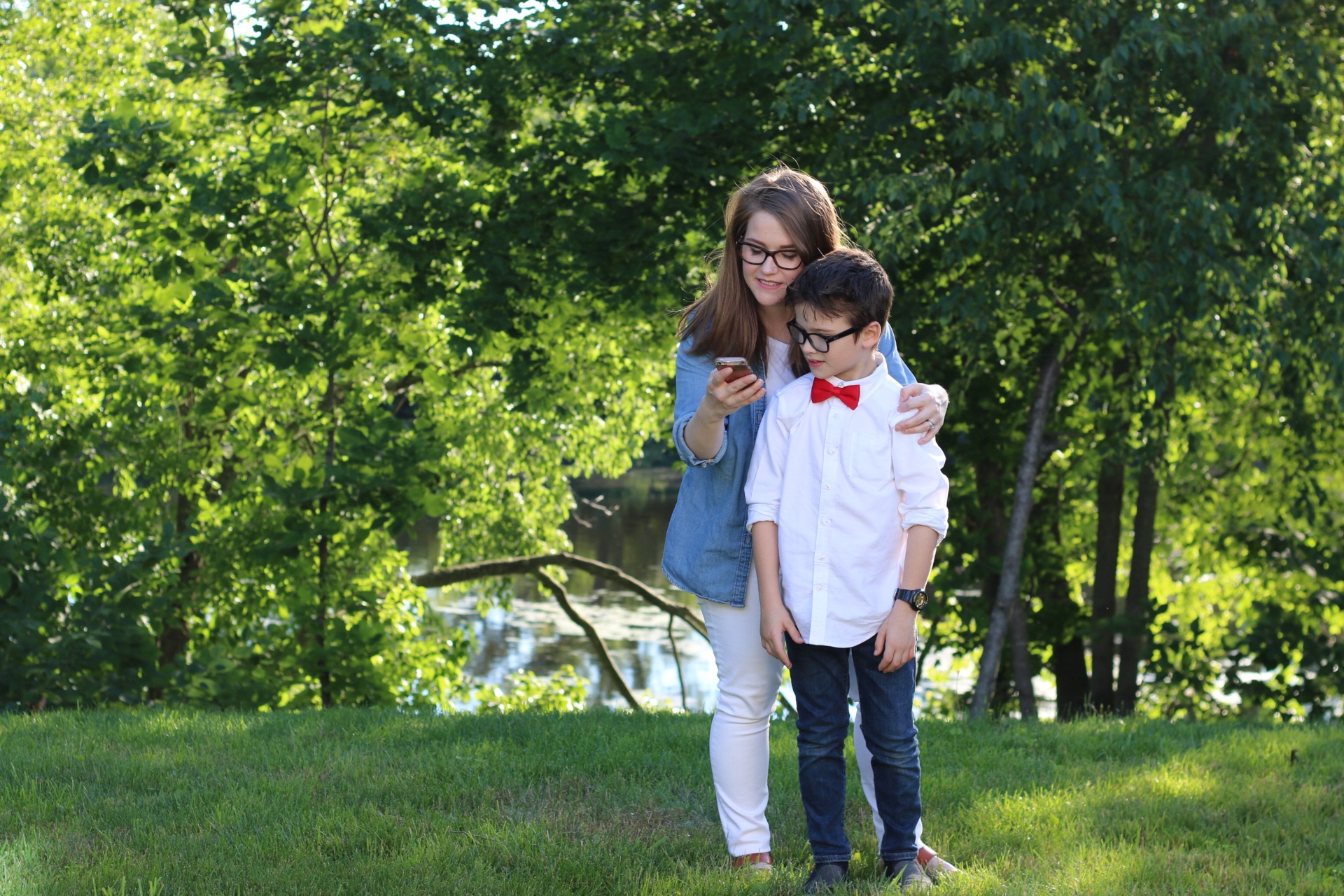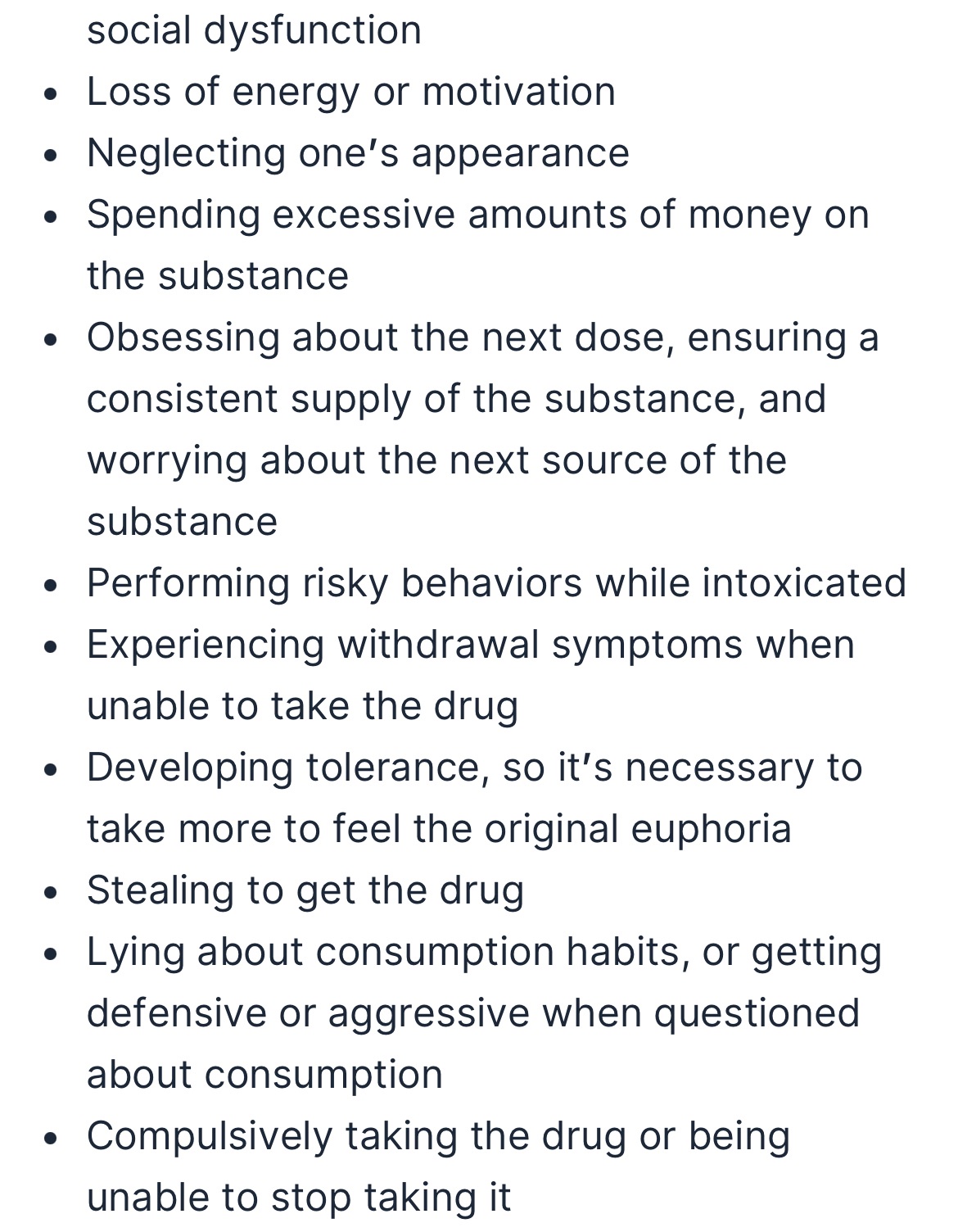How I Weaned Myself off of Social Media

How do you use social media?
Almost never.
Waning myself off of social media was a long and arduous process. I couldn’t do it cold turkey—and boy, did I try. Scholarly studies and well-researched books about social media’s detrimental effects on our brain’s reward centers, quality of life, communities and society as a whole are published frequently now, but I didn’t have those kind of red flags raised for me when I purchased my first iPhone in 2010. I was a social media addict.
Social Media Addiction
That phrase may come off as a trite exaggeration. Our society’s acceptance—even glorification—of social media overuse despite obvious negative effects discourages thoughtful discourse about whether or not these products should be used at all, nevertheless on a daily basis. Many people cannot imagine their lives without social media. This includes people in older generations who did live without social media for decades. That in itself skims the surface of engrained, apparent signs of dependence.
Behavioral Signs of Addiction

These examples that apply to drug use can be easily translated to the social media experience.
Observe it Everywhere
Make it a point to not pull out your phone the next time you’re in a checkout line at the pharmacy or waiting in a doctor’s office. Start noticing what other people are doing. Checking their email, scrolling Facebook, watching Instagram stories. Do it without judgement. What do you see? Is it frequent?
What about elsewhere? During your child’s basketball practice, at the neighbor kid’s birthday party, before the apps arrive at dinner in your favorite Italian restaurant. Again, do not judge the individuals. Simply notice.
If you switched out all of those people staring at their phones with imagery of those individuals holding flasks of liquor, would you or would you not have a moment of “What the f—- is going on here?”
Flask use is frowned upon in our society, as it’s seen as an indicator of socially unacceptable overuse of an addictive substance. What if all of those people on phones were lighting up cigarettes? This is also a more frowned-upon addictive behavior. Many people think, “Don’t they know how bad that is for them?”
Big Tobacco vs Big Social Media
“Don’t they know how bad that is for them?”
The average person may think that when we see someone sparking up a Marlboro Red in 2024, simply because legislation altered public opinion. I remember my mom informing the hostess “non-smoking” when we entered a restaurant during my 90’s childhood. People were still frequently smoking in restaurants in my Texas town. It was normalized to light up a cigarette just about anywhere and everywhere—just as it is so to see people’s eyes glaze over as they vacantly stare into the eternal digital abyss of their smartphones.
Once word got out about lung cancer from smoking and legislation was made, behaviors changed. My hope is that as more people become aware of the devastating effects of social media, they will drop their habits and one day, we’ll look back on these days and shudder—“Remember how someone couldn’t even sit through a movie without scrolling their feed? That was so crazy!”
More Information on Social Media Addiction
There have been more reliable sources than I who have discussed this matter, so for the details of this topic I’ll leave it up to The Harvard Business Review, Stanford Medicine, and The New York Times.
How I Cut my Social Media Habit
I tried every app out there, and I’d delete ‘em, binge use my blocked stuff until I remembered why I had the blockers installed, and then download them again. Oof.
Products I still use
- StayFocusd browser plug-in to block websites on my laptop
- Opal app for blocking apps and websites from my phone
- Screen Time Blockers built in to the iPhone settings
What Really Helped
More than those products themselves, the biggest game changer to end my social media addiction was making it less intriguing. How? I unfollowed everyone. Yes, everyone. Nearly all of the people I actually know on Instagram have private profiles, so I couldn’t pop over and see what they were up to. This was a far bigger commitment than deactivating my account, something I did regularly during my throes of addiction, because I have to ask to follow them again. There was a public shame element involved that deactivating didn’t engage.
On Facebook, I didn’t unfriend, I just removed every single person from my newsfeed, ending that social media slot machine effect.
The algorithm had nothing left to work with but ads and annoying TikTok-style videos (reels?) from content creators that were a complete waste of time to consume. it wasn’t compelling or engaging to log in anymore.
My laptop broke. I started using a different one, but I decided I never wanted to associate the new laptop with social media use. If I want to pull up the sites outside of the random 30 minutes I have available to use without the blockers on my phone, I pull up the broken laptop. The keyboard doesn’t work but I can finagle it a bit and use a touch screen keyboard. It’s cumbersome and when I finally manage to log on, I’m still greeted with a nothingnewsfeed. I’d pop over to the few frequent posters that pique my curiosity and quickly move on—all without creating the habit loop I once had. In the past, a lull in my writing would have me opening a new tab & typing in www.fa—without stopping for a beat.
Creating Friction
Living an intentional life is simple, not easy. As I build the habits I want to be integral to my identity, like creativity, I make creative tasks more simple to do by reducing friction. Examples include having a dedicated space for writing, organizing and prioritizing creative endeavors, and tracking progress with habits in growing.
For engrained habits that I would like to leave behind in my past, I create friction. I make it harder to use addictive websites and apps by utilizing tools that make it challenging to begin the act and less rewarding when it’s completed. It’s closing off that habit loop of post-get likes-feel good before it even starts.
Social Media Sobriety
I see things differently since I got clean from social media. I see a lot of people still suffering. They’re bogged down, burnt out, overwhelmed and tired. I didn’t realize how much of my anxiety—now long gone—stemmed from my digital consumption. I feel like I’m an addict in recovery, and I hope to see more people heal.
[…] The most “rest” I gave myself back then was scrolling through Instagram or some other form of social media that left me feeling more stressed out than I was before. […]
[…] you seek social interaction, many people are discovering that social media like Instagram is a weak substitute, because it lacks the mirroring we crave from a social […]
[…] Are some of my most frequently used emojis. I don’t text or use social media like Instagram, and I try to convey emotion through words. So I’m not on that alternate […]
[…] I’ve seen the benefits of routine repeated on my evening habits and after reading The Power of Ritual, I began to sanctify my routines into soulful practices that bring a warmth to my chest like a freshly brewed tea. I’ve turned myself into one of Pavlov’s dogs through intentional playlists for specific activities. I use the power of environment to reduce friction for activities I want to influence myself to do more and to slow me down from old habits that don’t serve me. […]
[…] my therapist semiweekly. By 2021, I was using apps to heal soul wounds between sessions and my social media algorithm was flooded with mental health […]
[…] importantly, I stay off of social media. When I was at peak anxiety, I was spending hours on instagram a day. Expending your social battery […]
[…] whole different ballgame for a while there, when Instagram became a part of everyday life for many. Social media was a means to drive traffic to websites and blogs, and sponsored posts were through the roof for […]
[…] negative view of the self is inflated by social media use and the anxiety that stems from […]
[…] completely honest, I try to be unplugged as much as possible. I don’t like Instagram or other social media, and I hardly ever even answer a text message. I like being in the company of others, spending time […]
[…] by attacking it from all angles–dopamine decor, self care, dopamine dressing, ritual, avoiding social media, making art, building community, practicing gratitude–the list goes […]
[…] negative view of the self is inflated by social media use and the anxiety that stems from […]
[…] and “customer service” type volunteer work hours were too plentiful and I wanted to reduce my social media time. So I let go of […]
[…] a testament to how sharing your journey with others can ultimately benefit both parties. Though I no longer am a regular social media user, I have continued to receive her promotional emails I purchased her online art course a while back, […]
[…] live in such a hyperconnected world. It’s filled with over communication and more information than we can manage to turn into knowledge if we don’t slow […]
[…] therapy, but also staying outside of the fear mongering echo chamber of the internet. I once shared how I weaned myself off of social media and unfollowed everyone on instagram, but I think it’s important to emphasize some specifics […]